After the wide selection of Brâncuși works presented this spring at Boijmans Museum in Rotterdam, the Transformation. Romanian Sculpture 25 Years After the Revolution exhibition brings a new insight into the Romanian contemporary sculpture on the Dutch market. The Beelden aan Zee museum was founded in 1994 by collectors Theo and Lida Scholten and it is a space exclusively dedicated to sculpture, therefore being the host for this event. The exhibition, initiated by Maria Rus Bojan, curated by Ioana Ciocan and Cees Hendrikse, designed by Attila Kim, assembles a selection of works signed by 13 Romanian artists: Judith Balko, Mihuț Boșcu Kafchin, Radu Cioca, Ioana Ciocan, Ștefan Radu Crețu, Andreea Dobrin, Costin Ioniță, Radu Mocanu, Vlad Olariu, Alexandru Potecă, Larisa Sitar, Mircea Suciu și Mihai Zgondoiu.
The title suggests a generous retrospective, but the exhibition is in fact a curatorial project that brings together artworks that are relevant for the Romanian experimental sculpture scene from recent years. The first room is dominated by a gigantic pink Lenin (Lenin’s Sleep/Proiect 1990, Mihai Zgondoiu), fallen near a mirror with the Romanian map made out of coins (Home Country, Blooming Garden, Ioana Ciocan) and a moss covered monument (Monument, Larisa Sitar). Put together, they make up a powerful statement that can be read in the introductory texts and felt throughout the entire exhibition: the golden age has died, but its ghost is a constant source of inspiration for Romanian artists. “(…) Young Romanian artists that did not get a chance to live the communist experience, present their visions of a long period of brutal repression that left deep marks in their country ” (Cees Hendrikse) We see impressions of the wear and tear of memory in very diverse forms, from canisters and tires (Golden Black I şi II, Radu Mocanu) to ordinary, everyday objects that have been painted gold (Golden Flat, Alexandru Potecă).
The exhibition is the most consistent and coherent Romanian political art project centered around sculpture, that has the ability to conjure up the memory of communism, but in a neutral, balanced way, without any radical criticism or inadequate nostalgia. Ioana Ciocan managed to make a flawless selection that forms a rational structure as well as a technical achievement capable of offering a complex view of a still unknown world (even to natives) to the western public.
Transformation. Romanian Sculpture 25 Years After the Revolution is at the Museum Beelden aan Zee in The Hague until February 10, 2015.
POSTED BY
Valentina Iancu
Valentina Iancu (b. 1985) is a writer with studies in art history and image theory. Her practice is hybrid, research-based, divided between editorial, educational, curatorial or management activities ...
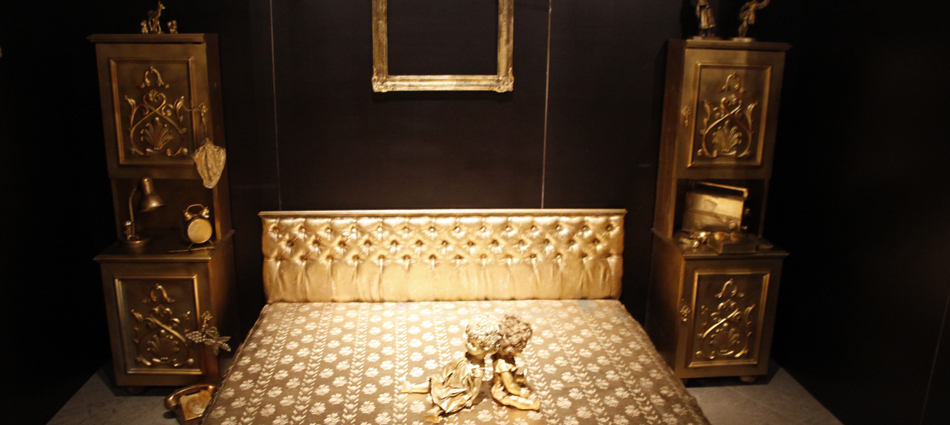
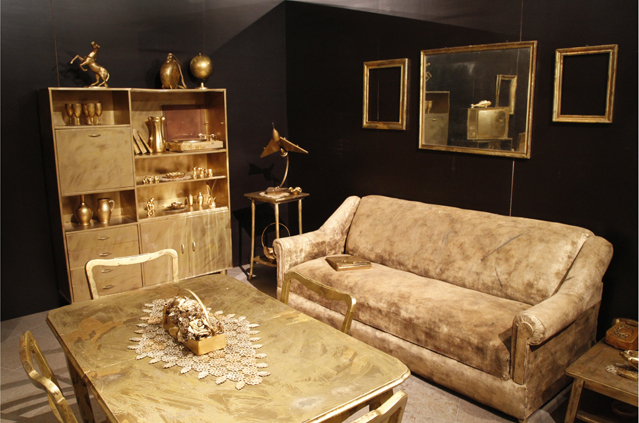
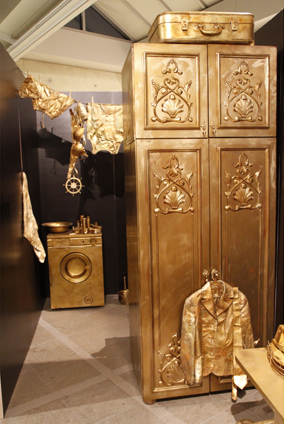
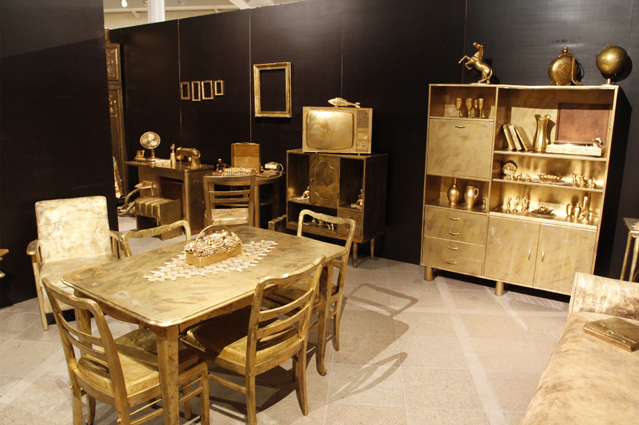
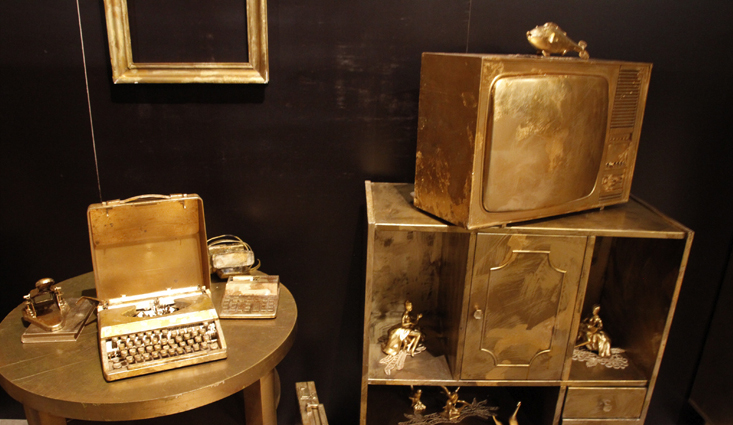
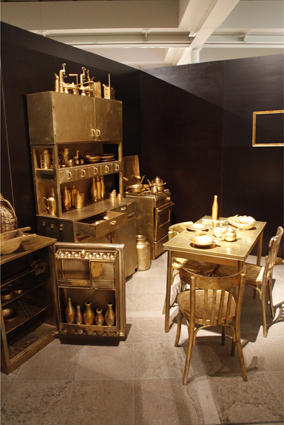
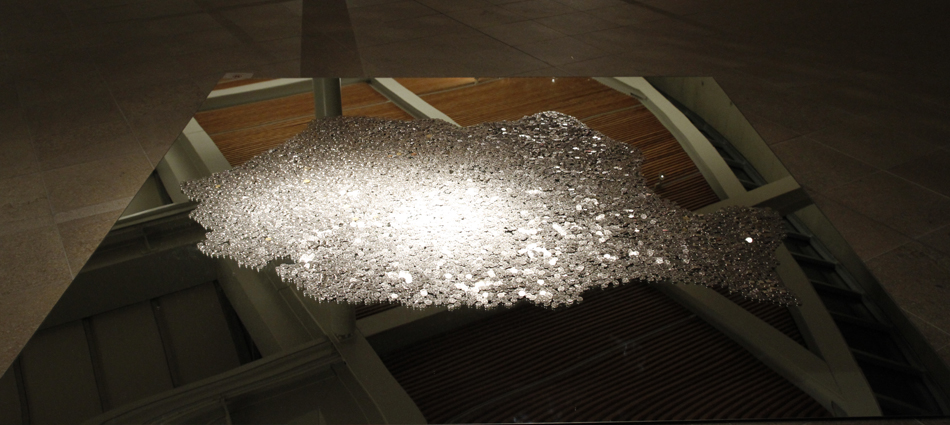
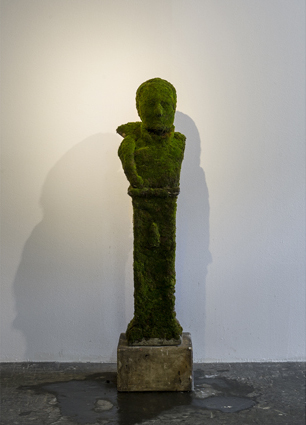
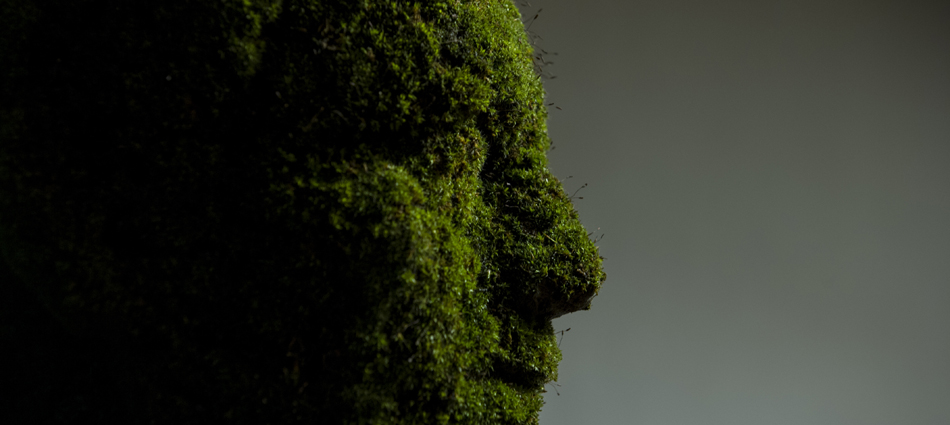
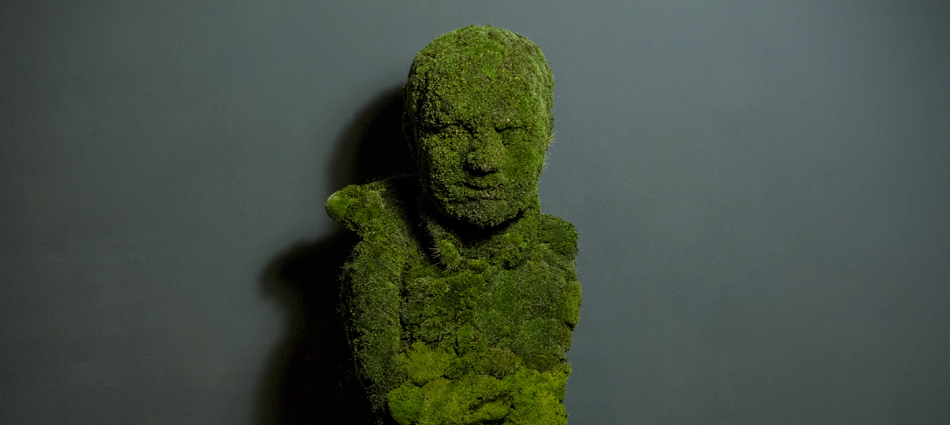
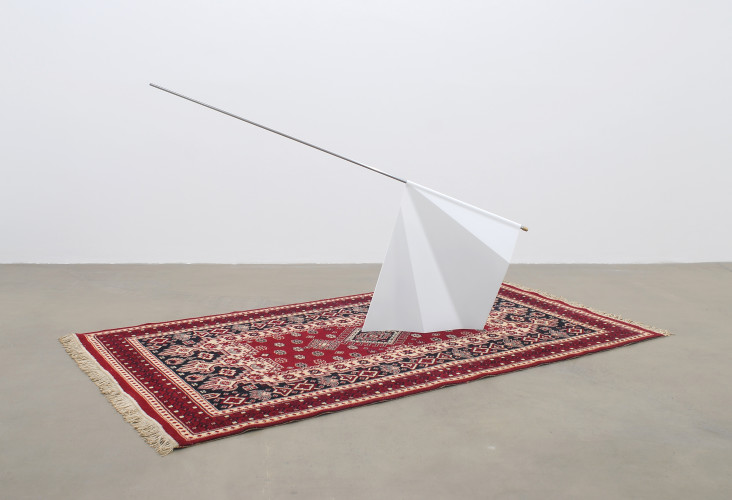
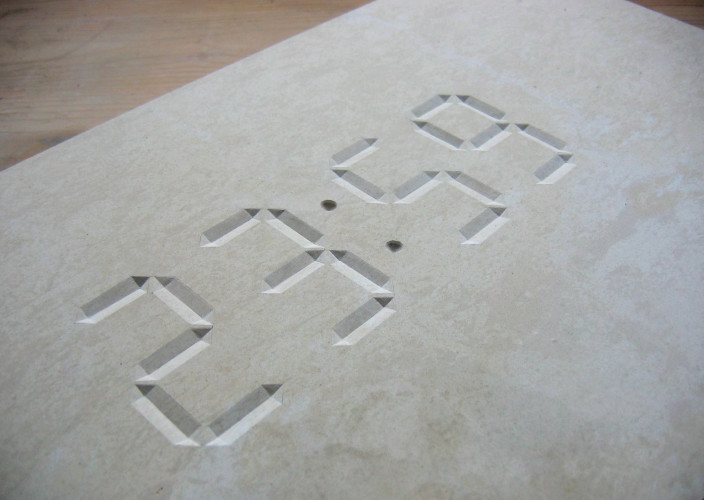
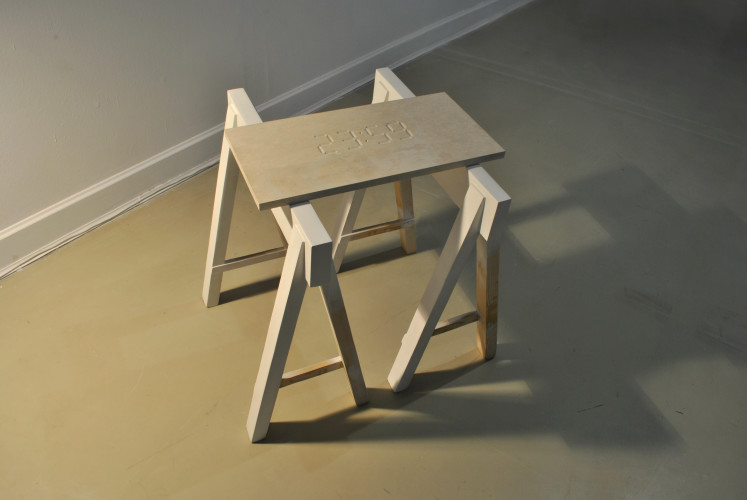
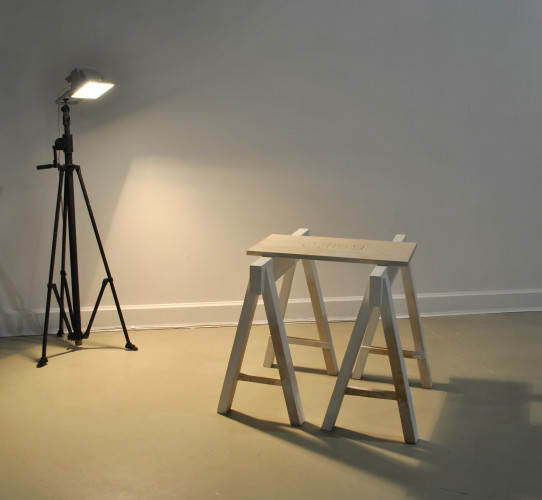
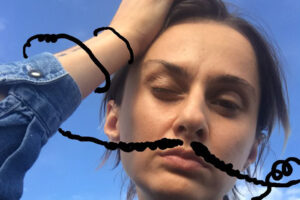
Comments are closed here.